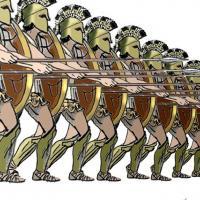
The 3rd Rank Barrier
I just finished playing in a reasonably strong round-robin in Montreal. I finished with 6.5/9 in the category 7 field (2411 FIDE average). In the third round, I played an interesting game with IM Thomas Roussel-Roozmon. The game was not perfect by any measure, but I thought it contained a few instructive moments. It's a common adage that you shouldn't make weaknesses in front of your king by pushing your pawns. But what defensive ideas do you have if you've already committed one or two of them forward? A defensive front is usually strongest when the pawns are all next to each other, which means bringing the stragglers up to the 3rd rank as well! This isn't always to be recommended, but it's a useful tool to have in your defensive arsenal in my view.
Question 1: How would you evaluate the position after 11.h4?
Question 2: After 18...Be8, what would you play as white?
Question 3: With the 3rd rank barrier set up, how would you continue as black?
Question 4: After 34.Qd1, what would you play as black?
Question 5: Black is threatening ...a3. Would you play 38.Kb1 or 38.Ka2?
Here's the full Roussel-Roozmon game in one viewer:
I had used this 3rd rank defensive formation earlier, against the young Colombian IM David Arenas. The game didn't end as well for me in that one (it was the only game I lost in the 2008 Pan-Am Championship), but it did secure an advantage. As a supplement to the Roussel-Roozmon game above, I'll include it as an example with some brief notes.






